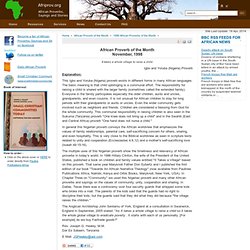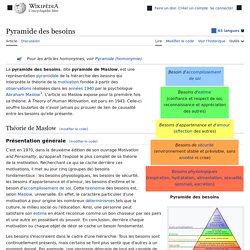

United Nations Educational, Scientific and Cultural Organization. Students for Free Culture. Marxism and Education. A MOOC about educational technology & media – Coming January 2013. Edgeryders. HumaneEducation.org. Spigot.
How To Think & Learn... Didaroots. E-Learning & Teaching tools. Gizmos! Online simulations that power inquiry and understanding. The Top 100 Tools for Learning 2012 list is revealed. UPDATE: The Top100Tools Club opening January This year’s Top 100 Tools for Learning list (the 6th Annual Survey) has been compiled from the votes of 582 learning professionals worldwide – 55% working in education, 45% working in non-educational organizations.

The top tool for the 4th year running is Twitter, with both YouTube (2nd) and Google Docs (aka Google Drive) (3rd) retaining their places for the 3rd year in succession. Once again the list is dominated by free online social tools. However, what struck me when compiling the list this year (and reading many of the notes added to the individual contributors’ lists) was the huge difference between the tools that are now being used in education compared with those in workplace learning. In terms of tool trends, this year’s list has seen an increase in the popularity of curation tools and social magazines for the iPad (like Scoopit, Flipboard and Zite). But now for the complete 2012 Top 100 Tools list. Accueil de Didawiki - Didawiki. Conceptual-framework-chart.gif. Cj_diagram.gif (Image GIF, 650x700 pixels) IDEA. Topics - matiere. How to Create a Robust and Meaningful Personal Learning Network [PLN] This post describes how educators can develop a personal learning network that supports meaningful and relevant learning.
![How to Create a Robust and Meaningful Personal Learning Network [PLN]](http://cdn.pearltrees.com/s/pic/th/meaningful-personal-learning-49716309)
The MOOC, Education Technology & Media, etmooc, is used here as a working example of how to develop a PLN. “My Personal Learning Network is the key to keeping me up-to-date with all the changes that are happening in education and how technology can best support and engage today’s students.” Brian Metcalfe: teacher, blogger at lifelonglearners.com A visual image of participants in an open, online course- etmooc, which shows the potential to find and create personal connections as part of one’s PLN. (image credit: Alec Couros) I wrote a post recently about how to develop a personal learning environment [PLE], the need and benefits of doing so, for educators in particular.
What is a PLN? Twitter 6×6 (Photo credit: Steve Woolf) Logo for etmooc from etmooc.org. Elearnspace.
Apprendre à apprendre. Synthèse du projet MétaTIC. Nov. 1998: "It takes a whole village to raise a child." - Igbo and Yoruba (Nigeria) Proverb. African Proverb of the Month November, 1998 It takes a whole village to raise a child.

Igbo and Yoruba (Nigeria) Proverb Explanation: This Igbo and Yoruba (Nigeria) proverb exists in different forms in many African languages. The basic meaning is that child upbringing is a communal effort. In general this Nigerian proverb conveys the African worldview that emphasizes the values of family relationships, parental care, self-sacrificing concern for others, sharing, and even hospitality. The multiple uses of this Nigerian proverb show the timeliness and relevancy of African proverbs in today's world. The Anglican Archbishop John Sentamu of York, England at a consultation in Swanwick, England in September, 2005 stated: "As It takes a whole village to raise a child so it takes the whole global village to eradicate poverty .
Rev. Metaknowledge. Metaknowledge or meta-knowledge is knowledge about a preselected knowledge.

For the reason of different definitions of knowledge in the subject matter literature, meta-information is or is not included in meta-knowledge. Detailed cognitive, systemic and epistemic study of human knowledge requires a distinguishing of these concepts. but in the common language knowledge includes information, and, for example, bibliographic data are considered as a meta-knowledge. Metaknowledge may be automatically harvested from electronic publication archives, to reveal patterns in research, relationships between researchers and institutions and to identify contradictory results.[2] See also[edit]
Communication... Pyramide des besoins de Maslow. Pyramide des besoins Théorie de Maslow[modifier | modifier le code] Présentation générale[modifier | modifier le code] Pyramide des besoins selon l'interprétation de de la théorie de la motivation du psychologue Abraham Maslow.

C'est en 1970, dans la deuxième édition de son ouvrage Motivation and Personality, qu'apparaît l'exposé le plus complet de sa théorie de la motivation. Recherchant ce qui se cache derrière ces motivations, il met au jour cinq (groupes de) besoins fondamentaux : les besoins physiologiques, les besoins de sécurité, les besoins d'appartenance et d'amour, les besoins d'estime et le besoin d'accomplissement de soi.
Les besoins s'inscriraient dans le cadre d'une hiérarchie. Remarque : lorsqu'un besoin précédent n'est plus satisfait, il redevient prioritaire. "The deepest definition of youth is life as yet untouched by tragedy"